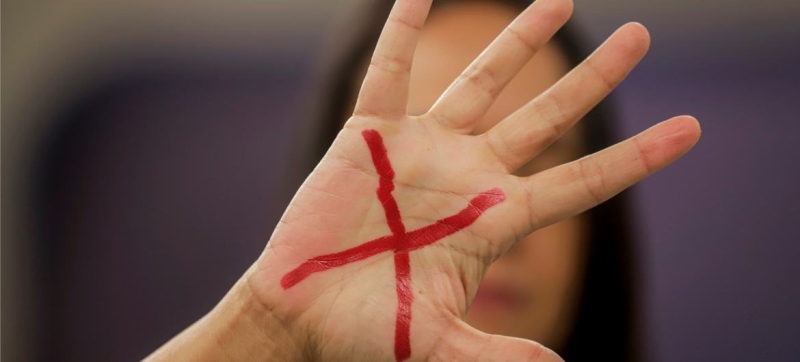- Dhaka’s air again turns ‘unhealthy’ Thursday morning |
- SC reinstates caretaker govt system in BD Constitution |
- Bangladesh can't progress sans women’s safety online & offline |
- U.S. trade deficit drops 24% in Aug as tariffs reduce imports |
Ending Violence Against Women Is a Matter of Human Rights

The National Council of Justice (CNJ) of Brazil signed a cooperation agreement with the iFood delivery platform to combat violence against women.
When Salma* was just 15, she was forced into marriage, even though she wanted to stay in school and become a doctor. Instead, she found herself tied to a man who “changed from being kind to being a monster.” He would beat her “with his bare hands,” she said recently.
The young mother from Yemen is among roughly 840 million women worldwide — nearly one in three — who have faced physical or sexual violence from an intimate partner, such as a former or current husband.
Even worse, this figure has barely improved since 2000, with only a 0.2 per cent annual decline over the past two decades. In the past 12 months alone, 11 per cent of women aged 15 or older — about 316 million — were subjected to physical or sexual violence by an intimate partner.
A ‘pervasive’ injustice
“Violence against women is one of humanity’s oldest and most pervasive injustices, yet still one of the least acted upon,” said Tedros Adhanom Ghebreyesus, Director-General of the World Health Organization (WHO).
A report published on Wednesday by WHO and other UN agencies analyses data from 168 countries between 2000 and 2023, revealing “a stark picture of a deeply neglected crisis and critically underfunded response.”
For the first time, national and regional estimates of sexual violence by someone other than a partner — a male relative or friend, for example — are included. Findings show that 263 million women have experienced non-partner sexual violence since age 15, a figure experts say is significantly under-reported due to stigma and fear.
Funding shortfall persists
Despite evidence of effective strategies to prevent violence against women, financial support remains extremely low. In 2022, only 0.2 per cent of global development aid went to such programmes, and funding has fallen further.
This comes at a time when humanitarian emergencies, rising inequality, and other challenges are putting millions of women and girls at risk.
Violence begins early
Women subjected to violence face unintended pregnancies, higher risk of sexually transmitted infections, and mental health challenges including depression. Violence often starts in adolescence and continues throughout life. In the past 12 months alone, 12.5 million young women aged 15–19 experienced physical or sexual violence from an intimate partner.
“The data shows that many women first experience violence from a partner as adolescents. Many children grow up watching their mothers being pushed, hit, or humiliated, with violence as part of daily life,” said Catherine Russell, Executive Director of UNICEF. She stressed that breaking this cycle is key.
Action, support and investment
The report was released ahead of the International Day for the Elimination of Violence against Women and Girls, observed annually on 25 November.
It calls for decisive government action and funding to scale up evidence-based prevention programmes and strengthen health, legal, and social services for survivors. Countries must invest in data systems to track progress, reach the most at-risk groups, and enforce laws and policies that empower women and girls.
“No society can call itself fair, safe, or healthy while half its population lives in fear,” said Tedros. “Ending this violence is not only a matter of policy; it is a matter of dignity, equality and human rights.”
Salma’s dream
Salma* is now back in school, after a judge released her to her parents. She was also referred to a safe space supported by the UN reproductive agency, UNFPA, where she learned about her rights and remains determined to become a doctor.
“We must act urgently together to end this violence and ensure that every woman and girl, in all her diversity, can exercise her rights, realise her potential, and contribute fully to more just, equal, and prosperous societies,” said Diene Keita, UNFPA Executive Director.

